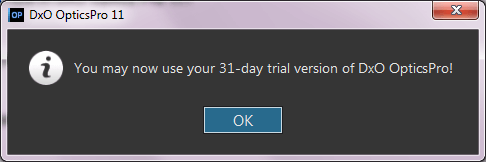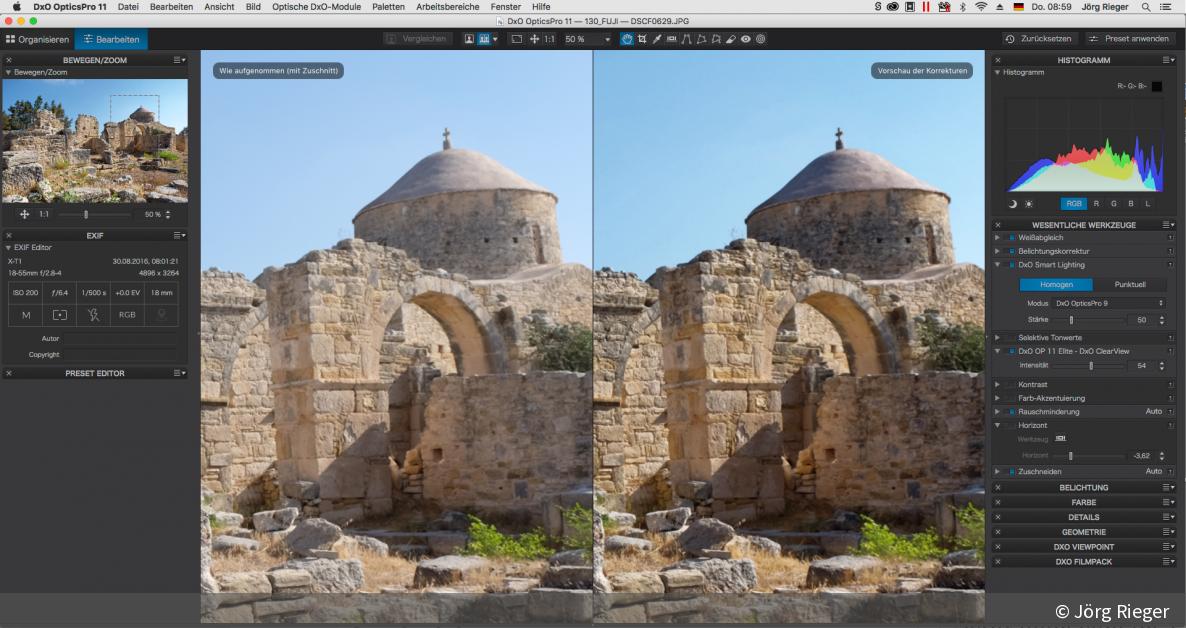
Two advantages: a) if you export from DOP to LR as a linear DNG you can use a custom camera profile with that DNG (if e.g. Instead, when LR "sends" a raw file to DOP it just instructs it to open the raw file with DOP's own development pipeline, where you've got a couple of ICC camera profiles to choose from for any given, supported camera ( you can also use your own custom ICC profile). If you "send" a raw file from LR to DOP with an embedded colour profile, it's no longer raw. LR uses DNG/DCP profiles, while DOP uses ICC camera profiles - very different. That is an incorrect piece of information. As you say.organizing and especially a last touch (maybe local adjustments/brushes/etc).

To this date I have not seen an autorative answer on the DNG vs Tiff Export question from DXo. That has so far proven to be wrong, 16 bit Tiffs are good enough. I used to export them back to LR as DNG assuming/hoping to be able to do more with them than with a16bit Tiff. I average at 50-100 photos/hour in Dxo.ĭoes every colour profile (applied in LR), stick, when exporting to DXO? Doesn't DXO apply a new (call it "standard"), colour profile on import? I didn't know this. Then I export the surviving photos (raws) to Dxo. I apply the Huelight color profile "vivid" and then rate my photos in LR ('vivid' gives them all a fair chance.). I did in the past apply medium contrast within LR to DXo DNGs but do now believe that this is then I overprocessed.įor me, this is a superb workflow, would not want to miss LR for organizing and last touch and Dxo for quick superb processing. I try to do all with SmartLighning&Clearvie (which sometimes does miracles) and avoid LR local adjustment as much as possible. Having done WB in Dxo and exporting as Tiff leaves local adjustments for LR - and a last pass to rate the photos after the Dxo treatment. My guess is that an AWB in Dxo would run in circles between SmartLightning and ClearView und converge wrongly - hence it is not available. So I rather do WB in DXo now, which does not have AWB which for me is its biggest shortcoming. So my impression is that AWB in LR does not really work on Clearviewed photos. DNG exports Bäck to LR can only be done on original Raws, if you have a Jpeg in between the Raws, it will fail and you need to exclude it - that makes16bit Tiffs easier. With DNGs, you have to attach a colorprofile again in LR (there is no fixed preset that can be applied for DXo imports, so you need to do it with Syncing).

Thank you, Dave! I think about the same workflow (although CaptureOne Pro is also still on my mind.in that case leaving Lightroom). I dó work with Tiff files (because of my DP3M camera), but I'm not used to dng at all.

I've read this article, but I'm curious about your personal experiences here. I use TIFF, but I haven't done any comparative studies. What is the better format, if I want to do that.tiff or dng? What is your personal experience? I almost always do further work in Lightroom, which I know pretty well. I might still do some local adjustments once back in Lightroom. If going from Lightroom to DXO (or first DXO and then Lightroom): how do you export (back), to LR (Tiff or dng)? However, it does seem to extract more detail from all images, so I also use it for "important" photos. I got it originally to help with noise reduction (shooting m4/3 that can be an issue) and I do use it for that, using PRIME.

Lightroom is the hub of my workflow, so for me it makes sense to Import to Lightroom and call DxO from there.Īdditionally, I do not use DxO for all my photos. For those who use DXO Optics Pro 11 (Elite) as a plugin with Lightroom 6ĭo you import raw files into Lightroom, and after that export them to DXO? In that case: what work do you do on those raw files inside Lightroom, before exporting? Or just the other way around (importing into DXO and then exporting to Ligtroom)? Can you tell me why you choose for this workflow?


 0 kommentar(er)
0 kommentar(er)
